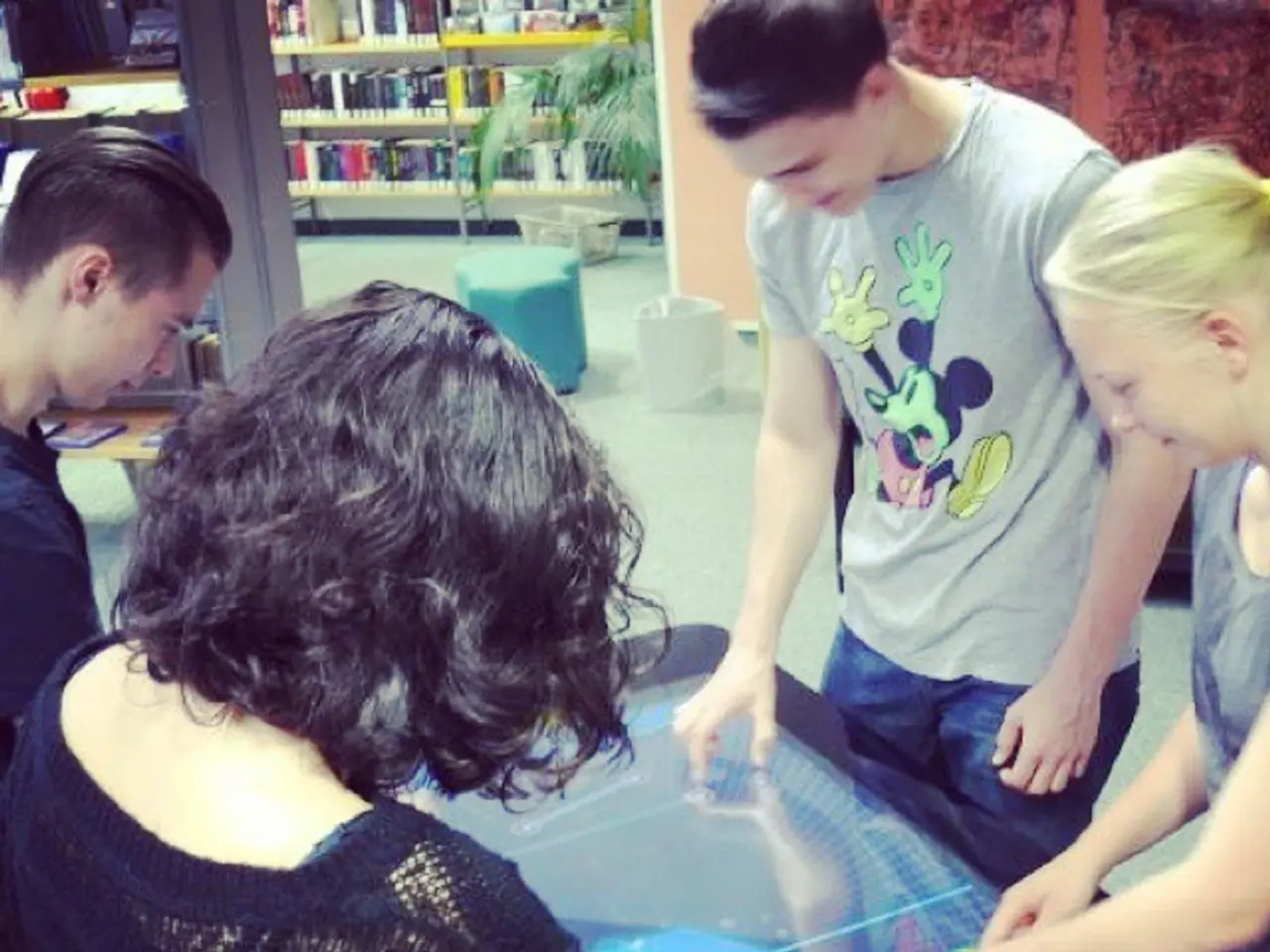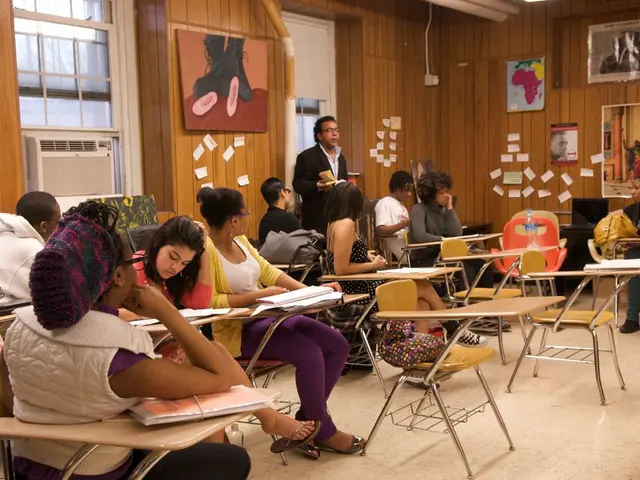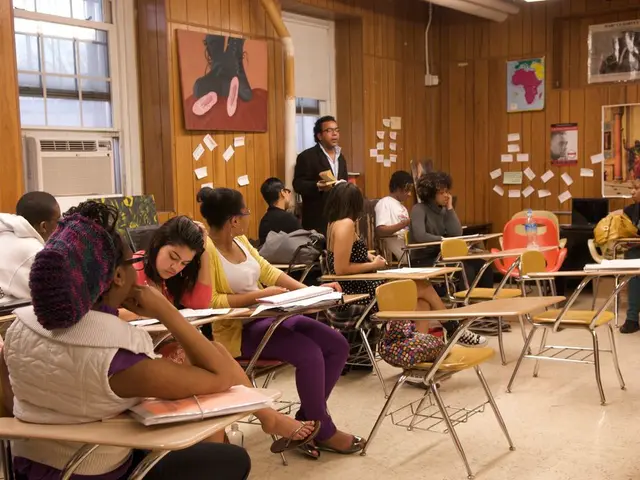Encouraging Hands-On Approaches in Education: "Learning Through Practical Application"
In today's digital age, education is undergoing a significant transformation, and the 4-H programme is at the forefront of this change. Based on the Chinese proverb, "Tell me and I will forget. Show me and I may remember. Involve me and I will understand," the 4-H philosophy encourages active engagement, self-directed exploration, and collaborative learning.
Collaborative activities within the 4-H programme can range from generating a list of skills needed for successful leadership to identifying ways to fund a club project. These collaborative efforts enhance skills such as teamwork, group communication, compromise, and listening.
A key aspect of the 4-H approach is the emphasis on hands-on projects and experiences. Youth-led projects with adult support allow members to select projects suited to their interests and resources, promoting self-direction. The balance between group and individual work ensures that youth can engage in peer learning and teamwork as well as independent exploration.
The 4-H programme also places importance on the process of learning, not just the outcomes like exhibits or awards. Learning is seen as a journey of active engagement, satisfaction, and self-discovery. Exhibits, fairs, and public presentations serve as platforms for participants to share and reflect on their results, further reinforcing learning.
Realistic resources and mentorship are provided to reflect family situations, often utilizing household items or affordable supplies. This supportive environment encourages trial, error, and discovery, crucial for hands-on learning.
Effective learning by doing also involves cultivating safe and supportive settings where youth are comfortable experimenting and collaborating without fear. The incorporation of formative practice and feedback helps learners self-correct and deepen their understanding during direct experiences.
Reflective questions like "if you could do the activity over, what would you differently?" help students identify improvements and enhance visionary thinking. Adults can use the sharing period to help students link what they learned to other life experiences, such as team sports or student council.
The 4-H programme's approach is more involved, guiding youth to learn skills by actually putting them into action. This hands-on approach encourages small group exploration of significant questions or meaningful projects. Research by Haury and Rillero supports the benefits of hands-on learning, stating that it promotes critical thinking, problem-solving, and creativity.
In addition, promoting self-directed investigation and research impels learners to rely on evidence instead of upon authority. Adults can help youth navigate information overload by encouraging them to cross-check and confirm information on multiple websites.
In conclusion, the 4-H programme's 'learning by doing' approach empowers youth to explore topics with curiosity, work effectively with peers, take initiative in their learning journeys, and communicate their results confidently. This approach, grounded in the principles of collaboration, self-directed exploration, and sharing results, is transforming education and equipping the next generation with the skills they need to thrive in the 21st century.
References: [1] 4-H Youth Development. (2021). 4-H Project-Based Learning. Retrieved from https://4-h.org/resources/4-h-project-based-learning/ [2] National 4-H Council. (2019). 4-H Learning by Doing. Retrieved from https://4-h.org/our-work/learning-by-doing/ [3] Bransford, J. D., Brown, A. L., & Cocking, R. R. (2000). How People Learn: Brain, Mind, Experience, and School. National Academy Press.
The 4-H programme emphasizes collaborative learning, as evidenced by activities that encourage teamwork and self-directed exploration, such as generating lists of skills needed for leadership or identifying methods for funding club projects (education-and-self-development, learning). Further, the program's approach to hands-on projects and experiences promotes a sense of self-discovery and active engagement in the learning process, aligning with the Chinese proverb by allowing youth to engage in, understand, and ultimately learn by doing (4-H, learning).




